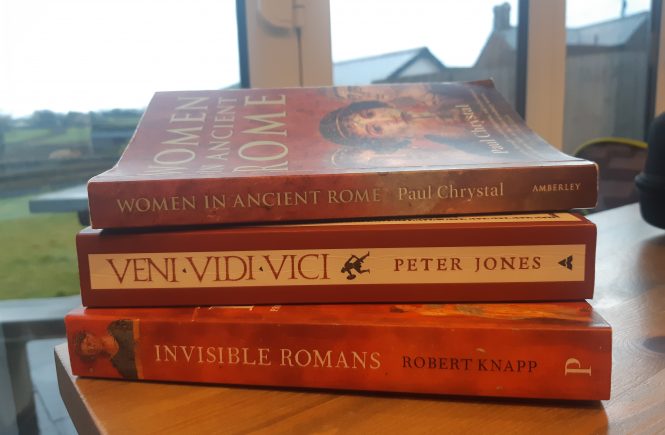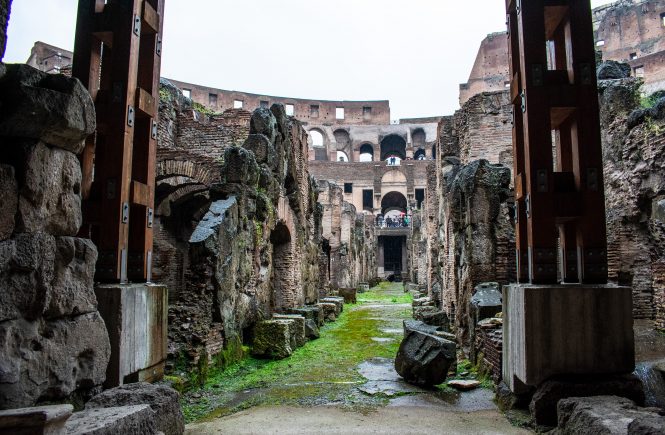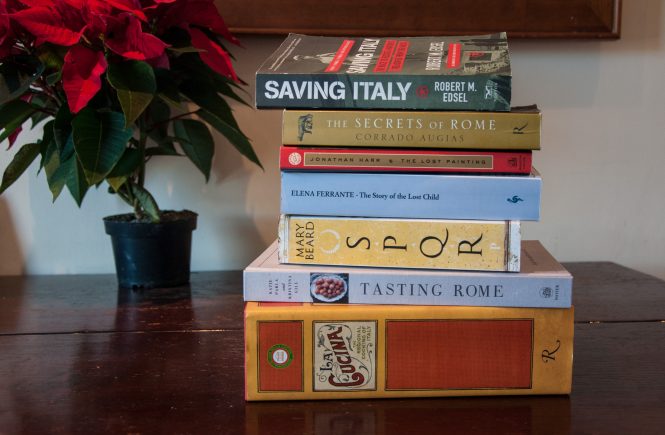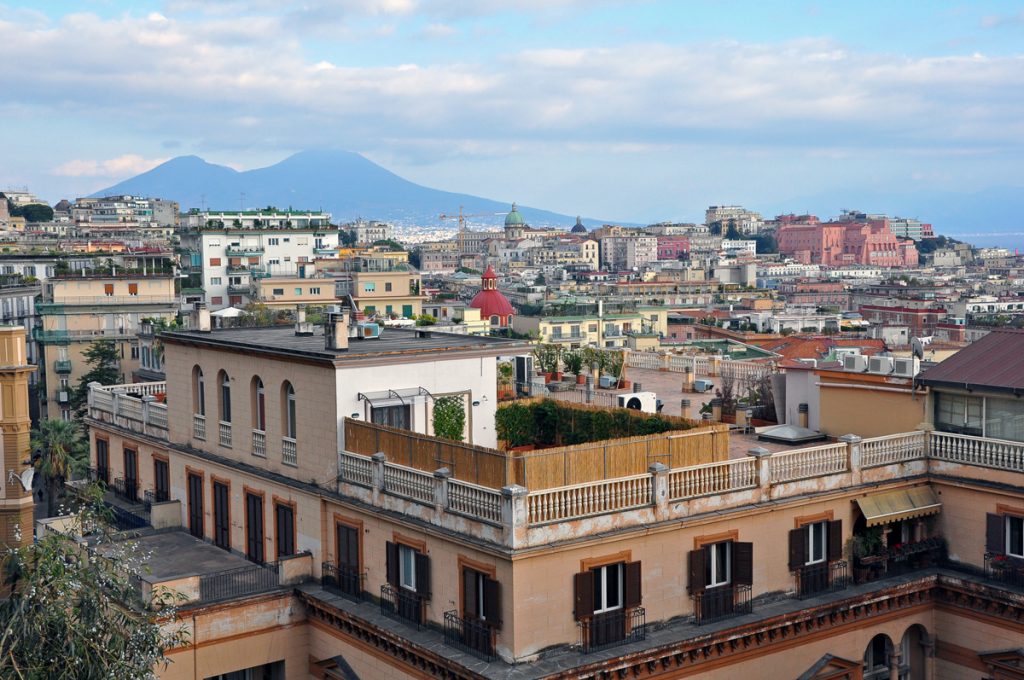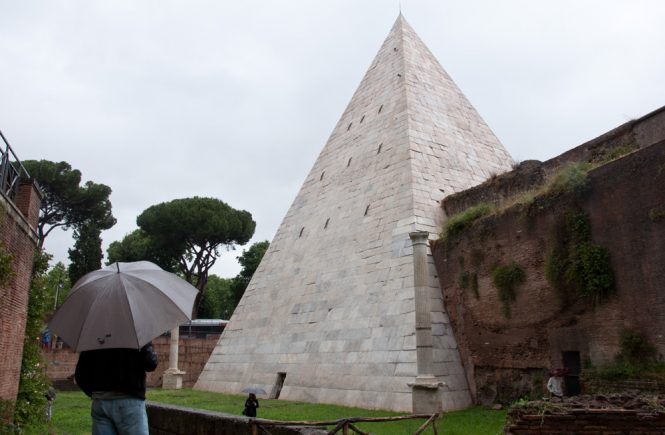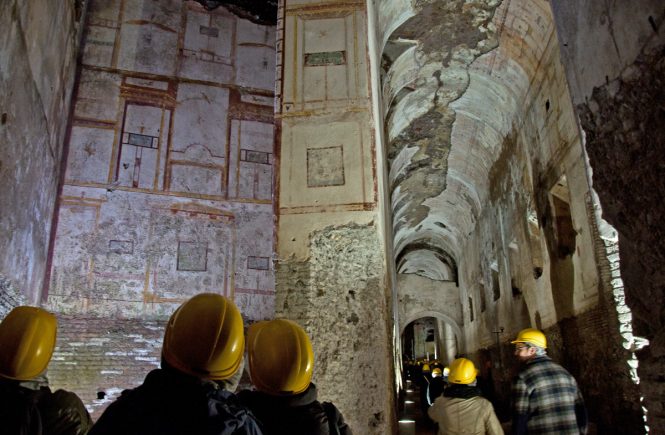What are the best books to learn Roman history… especially if you’re not an expert or academic? I get this question a lot. It’s usually after someone has seen a documentary about ancient Rome and wants to learn more, but feels overwhelmed by all of the options out there.
I studied (and love!) history. And I know ancient Roman history pretty well. But I also love clear, accessible writing and — most of all — a good story. All too often, Roman history books can be the opposite — dense and academic.
There’s another problem, too. So many of the lists I’ve seen of “best Roman history books” only cover expected ground. (Think lots of recommendations for what to read read about Caesar and Octavian, not so much about… anything else).
Looking for books on ancient Rome that are exciting, compulsively readable and refreshing? Here are some of my favorites for 2020.
Veni, Vidi, Vici: Everything You Ever Wanted to Know About the Roman but Were Afraid to Ask by Peter Jones
This is a great Roman history “taster”. Breezily written, it’s divided up into digestible stories that tell the story of Rome from birth to decline. Read them all together for the full sweep of Roman history. Or dip into the different bits for short anecdotes that bring Rome’s history to life. Either way, you’ll get a sense of why those of us hooked on ancient history are the way we are.

